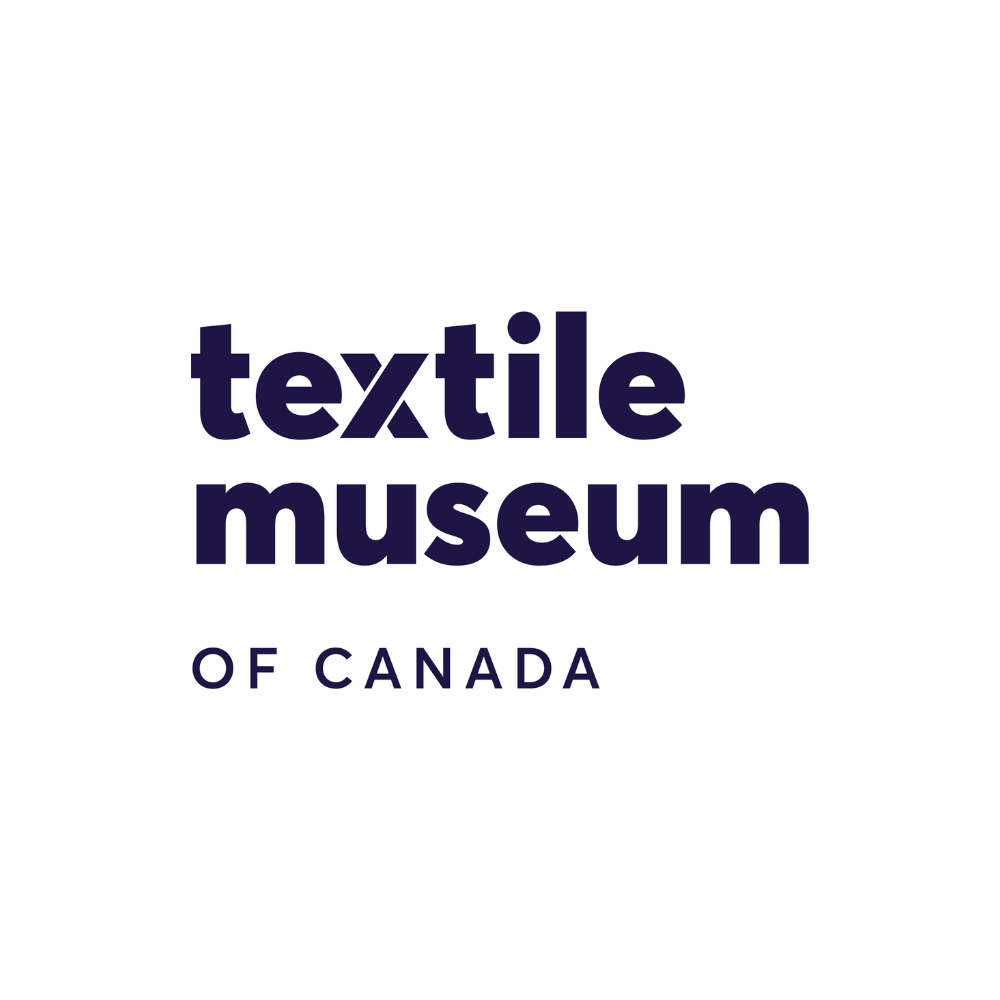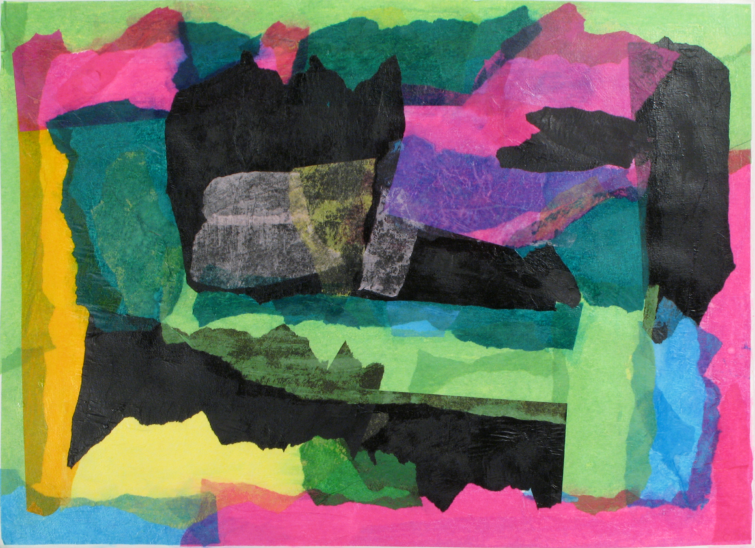Janet Kigusiuq’s practice explores the relationship between representation and abstraction. Like her mother, Jessie Oonark, Janet was born in the Back River area some 200 kilometres north of Qamani’tuaq. She lived through the starvation period of the 1950s before their relocation to Qamani’tuaq and was married at the age of eleven, likely as a means to help ensure her family’s survival. Janet grew up listening to her grandmother’s stories, but she said that the best listener was her sister, Victoria Mamnguqsualuk, which may account for the rich narratives in Janet’s work.
Janet’s particular interest was in representing the land—particularly that of the family’s summer camp at Kitikat. There, she portrayed the waters, swarms of mosquitoes, lakes, lichen, and the drying of fish. Her landscapes came to be represented by large swaths of colour and look like Color Field paintings but are rooted in her acute knowledge of place. Janet began making collages later in life when her arthritis made it increasingly difficult to create detailed drawings. Collage, with a focus on the interlacing of shape and colour, became a way to further represent the land and life around her. She was known to be inspired by the “in-between time” at dusk and how this shifting light brought out different characteristics in the land. In her works on paper, the between time was represented by a rhythm she achieved through the proximity of forms, making the land itself a pattern.
Made possible with the generous support of the Power Corporation of Canada, Superframe, and the Women Leading Initiative. Double Vision: Jessie Oonark, Janet Kigusiuq, and Victoria Mamnguqsualuk is on view at the Textile Museum March 8–August 14, 2022.
Audio Didactic:
Bio
Janet Kigusiuq (Inuit, born in 1926, Garry Lake, Canada; died in 2005, Baker Lake, Canada) began to draw in the late 1960s. She worked in various media throughout her career, from drawings to prints to wall hangings and collages. Her subject matter referred to the traditional life she lived until settling in Qamani’tuaq / Baker Lake. Traditional material and social culture provided imagery, as did myths and legends. These themes are echoed in her appliqué and embroidery wall hangings. In the last decade of her life, Kigusiuq began to create collages out of tissue paper, acrylic and polymer that prefigured her colour-field works.
Location
- Accessibility
Textile Museum of Canada
Entrance – The museum shears the ground level of 55 Centre Avenue with the Chestnut Park Condominium. The Museum’s entrance is to the south of the building. Entry doorways into our small ground level lobby are equipped with automatic openers.
Our Space – The Museum’s public spaces are located on the first 4 levels of the building, with our shop and galleries located on levels 2 and 3. All levels are accessible by elevator. Accessible washrooms are located on level 2.
Services – Large print guides and video transcripts are available in the Museum galleries. We have one manual wheelchair available free of charge at the admission desk. Please contact mdavies@textilemuseum.ca to book in advance. Support persons accompanying a visitor with a disability receive free admission at the Textile Museum of Canada. Identification is not required. Service animals are welcome at the Museum.
- Getting There
Textile Museum of Canada
The Textile Museum of Canada is located in the heart of downtown Toronto just steps away from City Hall, Chinatown, and the Art Gallery of Ontario. We are one block east of University Avenue, south of Dundas Street.
By Transit:
The Textile Museum of Canada is located one block east of St Patrick subway station, which is on Line 1 (Yonge-University-Spadina).
Dundas 505 streetcar Westbound: get off at University Avenue and walk one block east and then one block south to Centre Avenue.
Dundas 505 streetcar Eastbound: get off at Chestnut Avenue and walk one block west and then one block south to Centre Avenue.
For additional public transit Information, contact the Toronto Transit Commission at 416-393-4636 or visit the TTC Website: ttc.ca
For transit planning in Greater Toronto Area, check out triplinx.ca
By Car:
The Museum does not have a parking lot. However, there are several commercial parking lots within walking distance:
63 Centre Avenue (Northeast corner of Dundas Street and Centre Avenue) Surface lot – Impark lot #39 | Hourly: $7.50
393 University Avenue (Entrance on Centre Avenue) Underground garage – University Centre – Impark Lot #227 | Hourly: $12.00
180 Dundas Street West (Southwest corner of Dundas Street and Centre Avenue – Additional entrance at 65 Centre Ave.) | Hourly: $9
110 Queen Street West (Nathan Phillips Square) Underground Garage – GreenP Carpark 36 | Hourly: $7
Please note: There is limited street parking available near the Museum; however there is ongoing construction taking place on Dundas Street and on Centre Avenue.
Donors & Supporters
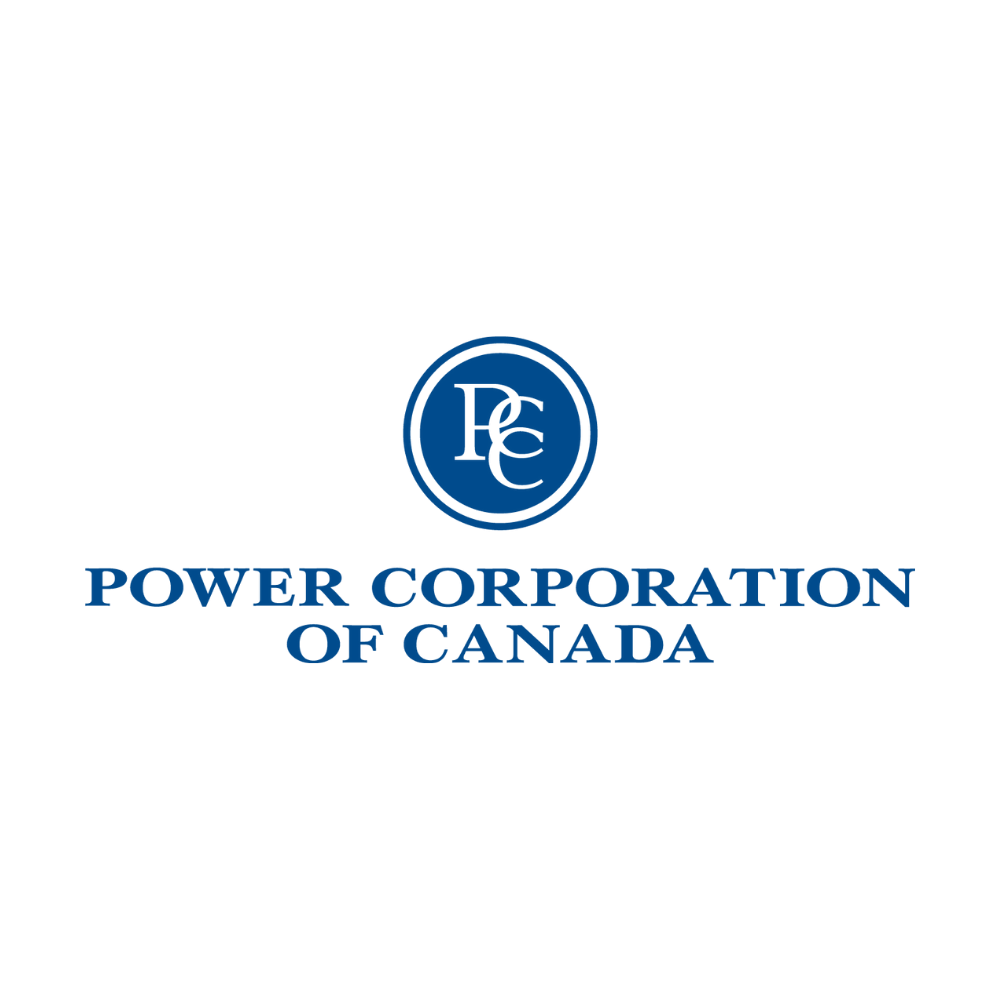
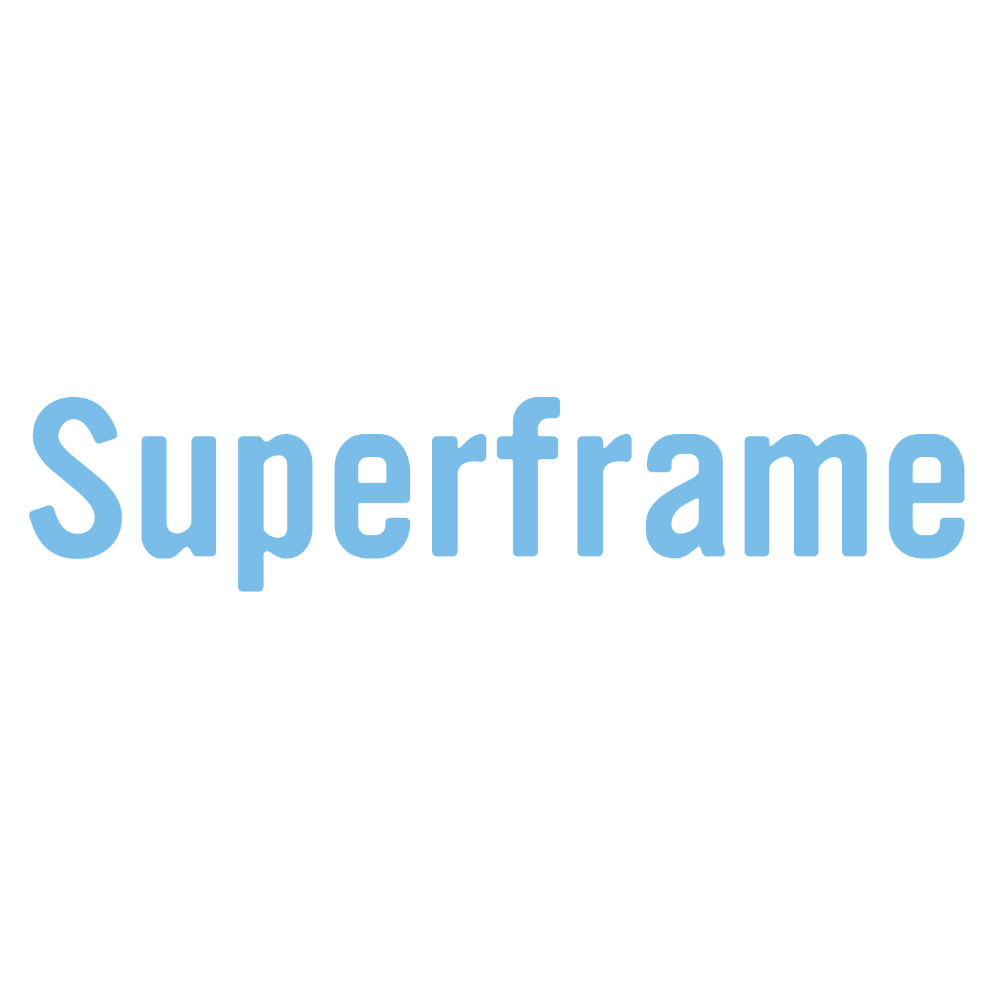
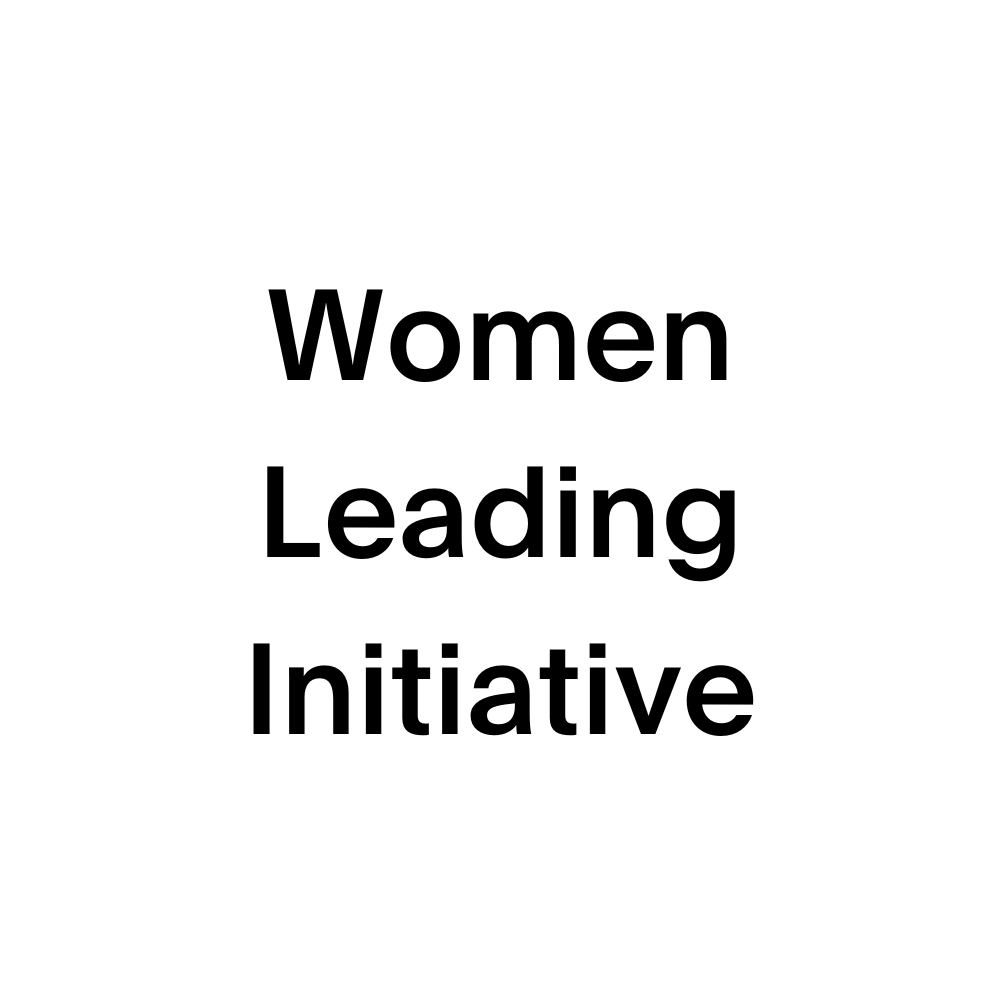
Partners
